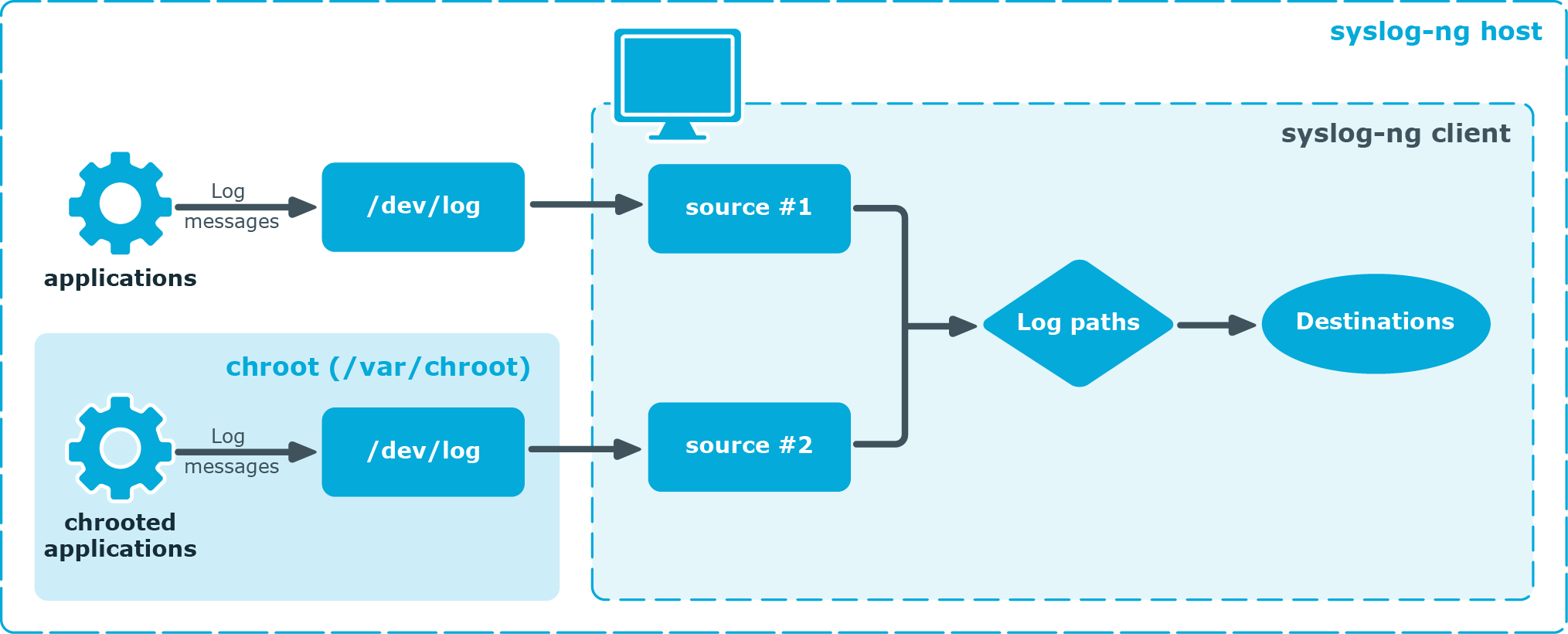The syslog-ng application can resolve the hostnames of the clients and include them in the log messages. However, the performance of syslog-ng is severely degraded if the domain name server is inaccessible or slow. Therefore, it is not recommended to resolve hostnames in syslog-ng. If you must use name resolution from syslog-ng, consider the following:
-
Use DNS caching. Verify that the DNS cache is large enough to store all important hostnames. (By default, the syslog-ng DNS cache stores 1007 entries.)
options { dns-cache-size(2000); }; -
If the IP addresses of the clients change only rarely, set the expiry of the DNS cache large.
options { dns-cache-expire(87600); }; -
If possible, resolve the hostnames locally. For details, see Resolving hostnames locally.
NOTE: Domain name resolution is important mainly in relay and server mode.

